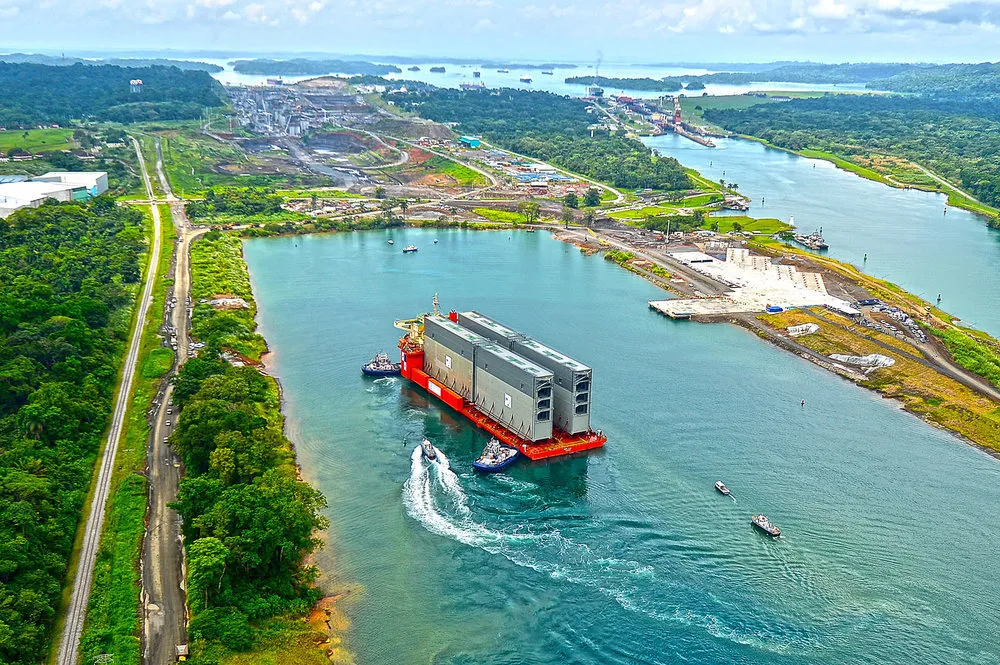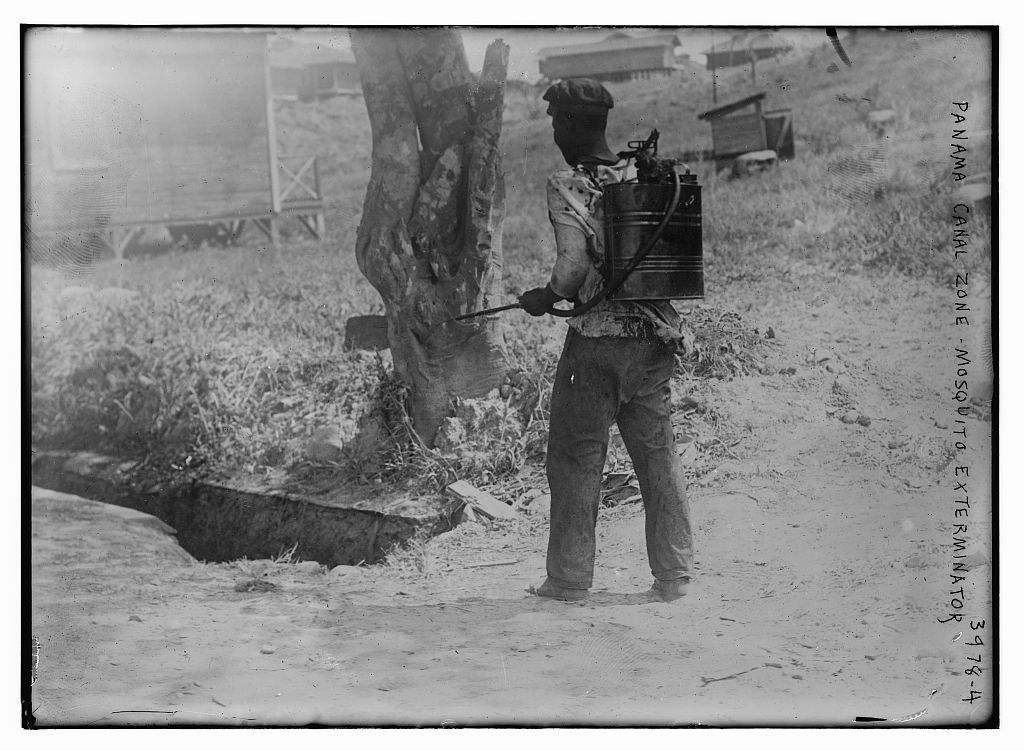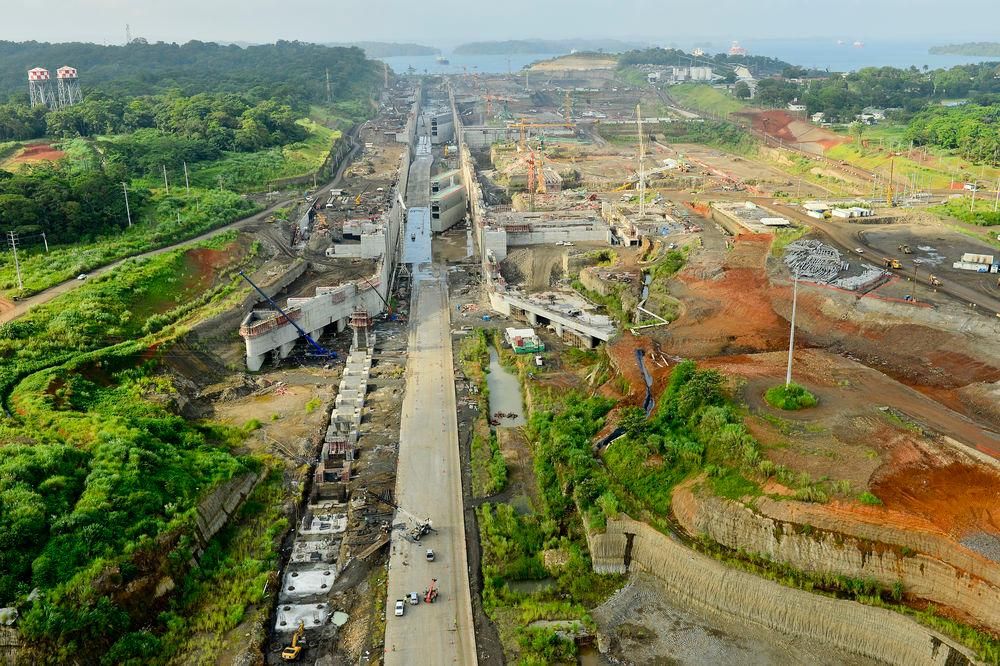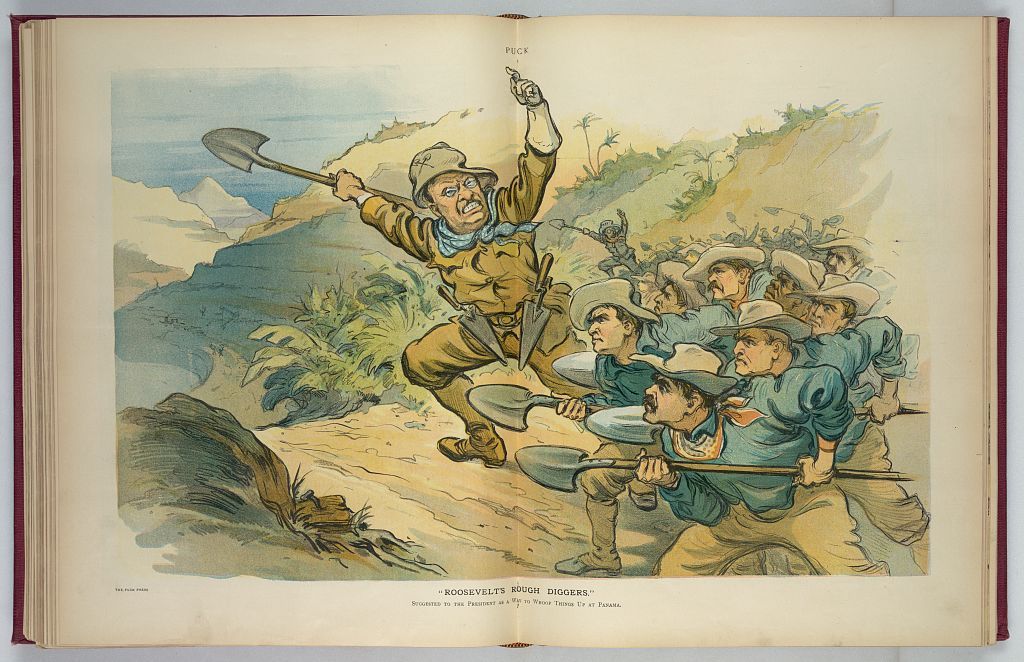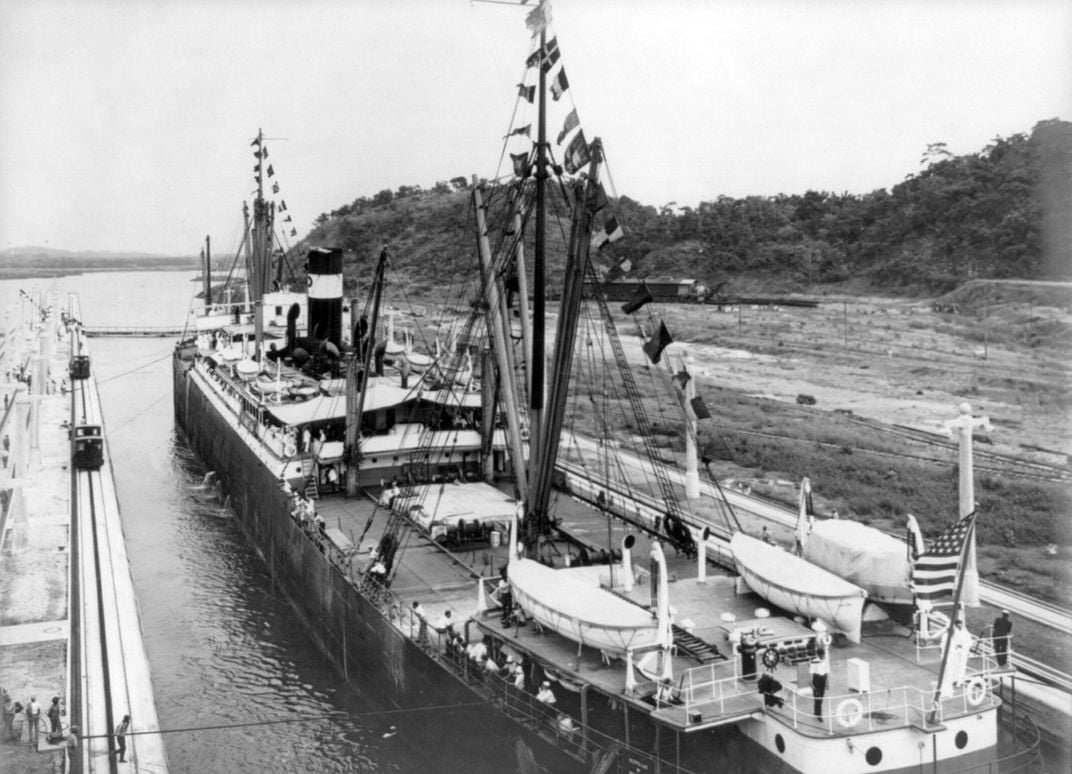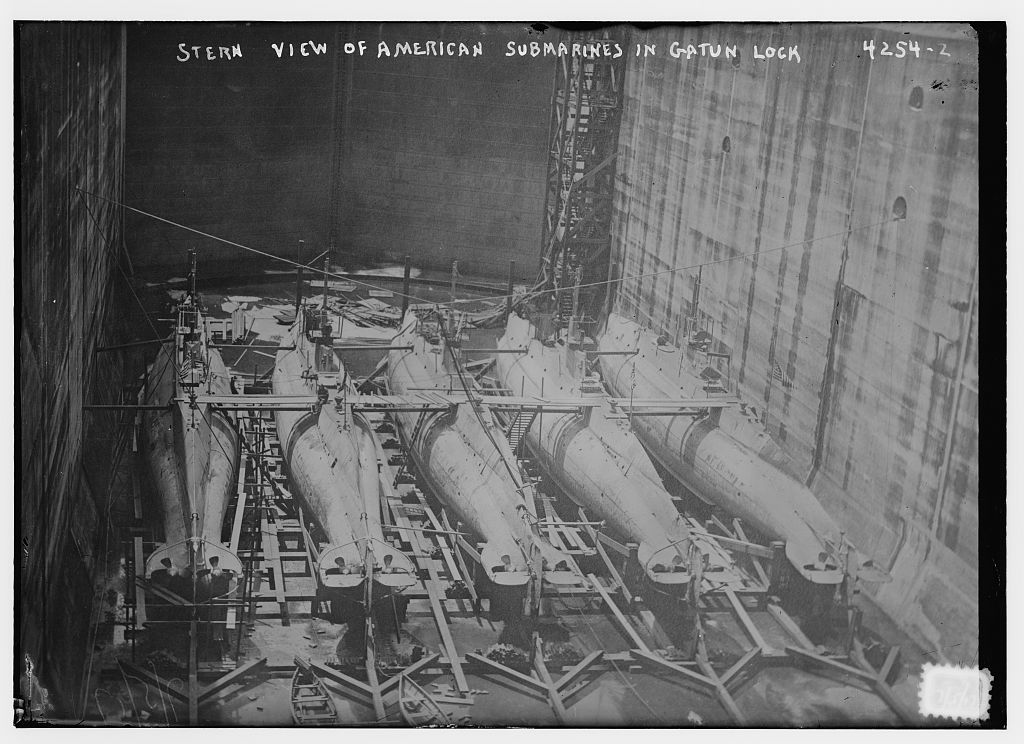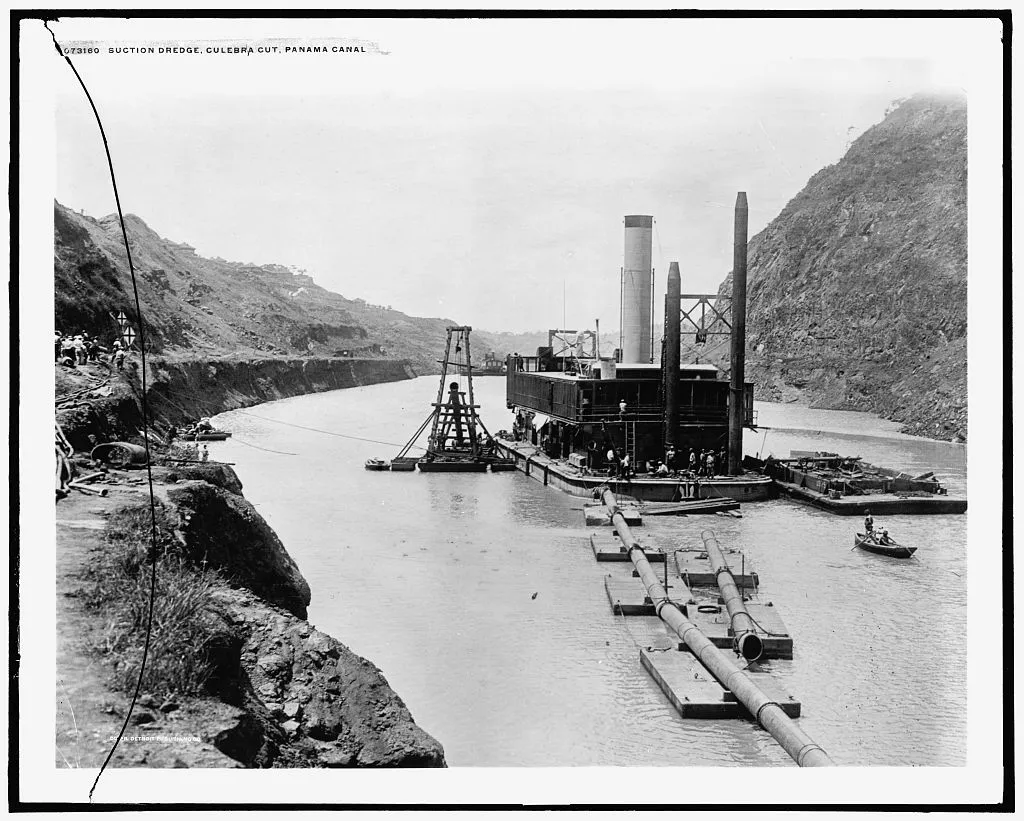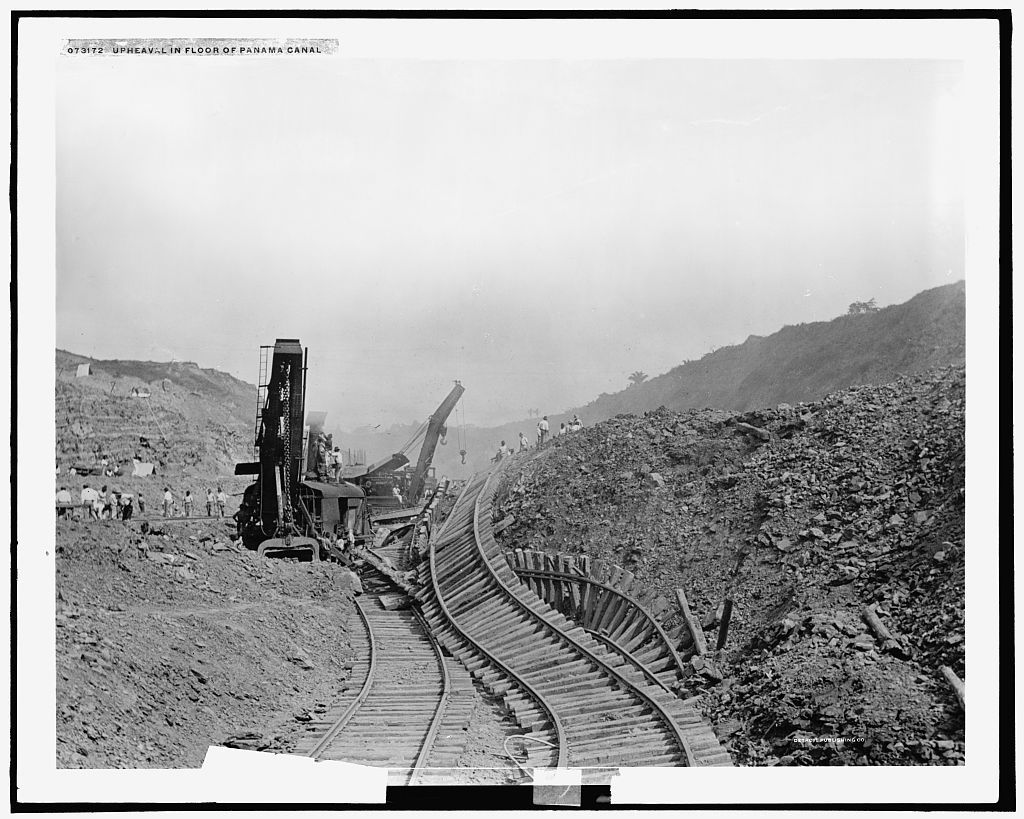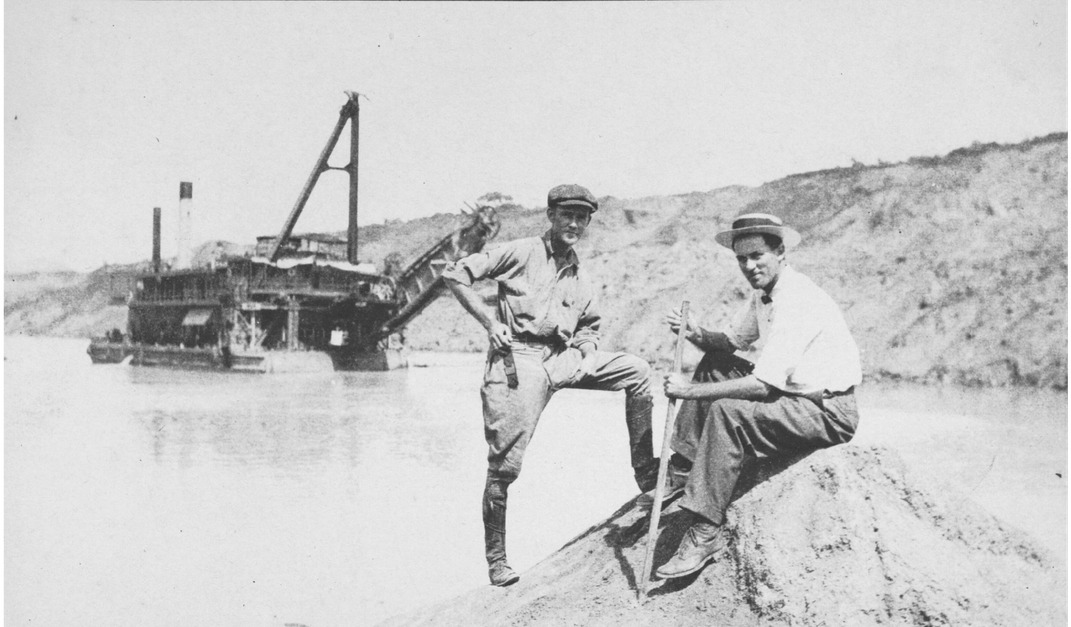Commemorate the Panama Canal’s Expansion With These Photos From Its Construction
The Panama Canal is opening a third lane to accommodate new mega cargo ships, a feat almost—but not quite—as impressive as building the original
In 2006, the people of Panama voted to add a third lane to the Panama Canal, one that can handle the mega cargo ships that now transport goods around the world. On Sunday, that referendum will become a reality.
The Expanded Panama Canal, as the new lane is called, is an impressive feat. It took 110-million man-hours, 292,000 tons of steel, 1.6 million tons of cement and 5 million cubic meters of concrete to build, Mimi Whitefield reports at The Miami Herald, and it will double the canal’s cargo capacity, Costas Paris, Robbie Whelan and Kejal Vyas report at the Wall Street Journal.
“If you have bigger ships, you know you can just take one big ship instead of two smaller ships, which for the shipping line is a big advantage,” Nils Haupt of German shipping company Hapag Lloyd tells Carrie Kahn at NPR.
But all that work pales in comparison to the original construction of the canal, which was started by a French construction firm in 1880, as History.com details. The builders excavated 78 million cubic yards of dirt and spent $280,000,000 (more than $7 billion in today's dollars), before the company went bankrupt in 1889. More than 20,000 workers died during the eight-year project.
In 1902, the United States bought the French assets to give the canal another try. But before it could start building, it had to overcome the objections of Colombia, which at that time controlled Panama. Colombia's congress rejected the bid. In response, President Theodore Roosevelt dispatched warships to support Panamanian independence. The new nation gave the U.S. control of a 10-mile wide Canal Zone through the country, as the U.S. State Department details.
Between 1904 and 1913, the U.S. dug the Canal using steam shovels and trains to move dirt. Some 5,600 workers died while working on the project. The toll would have been much higher, but researchers realized malaria and yellow fever, which killed most people in the Canal Zone, were transmitted by mosquitoes and began a fumigation regimen.
The project became one of the greatest engineering undertakings in history, and when the SS Ancon transited the 48-mile-long canal in 1914, it ushered in a new era for global shipping. The U.S. would continue to operate the Canal Zone until handing it over to Panama’s Canal Authority in 1999.
More than 100 years after the SS Ancon's sail, the Chinese container ship COSCO Shipping Panama will inaugurate a new chapter in the canal's history books when it sails through the new system of locks and makes that same 48-mile trek on Sunday.
